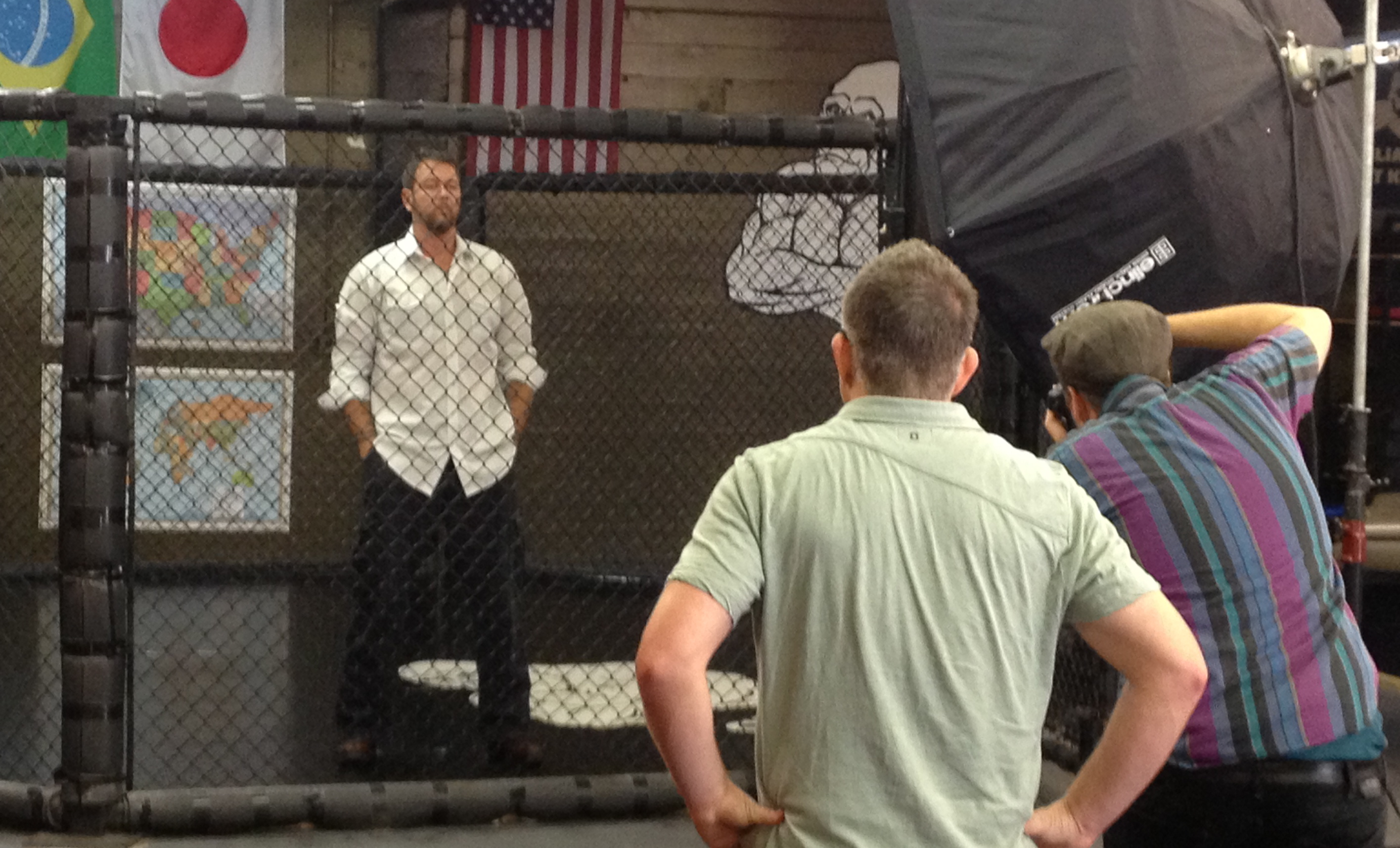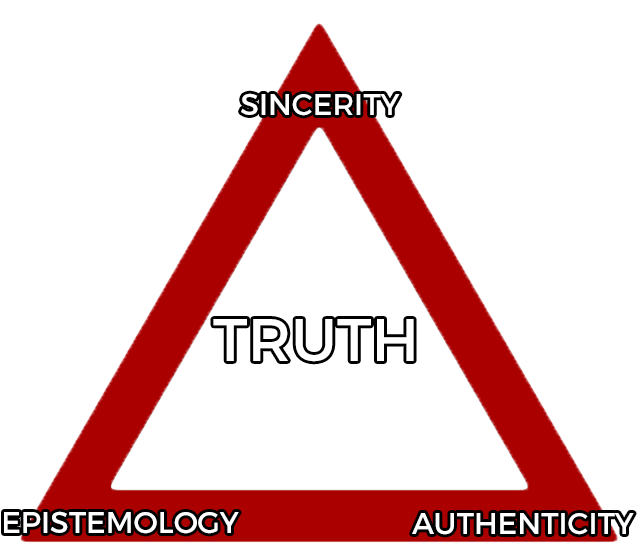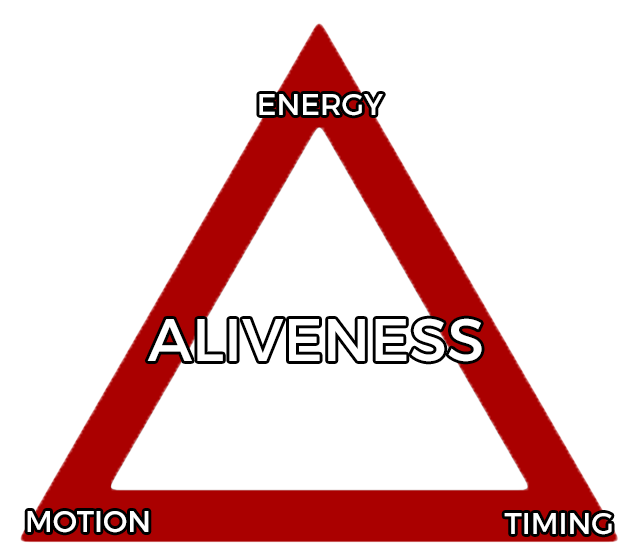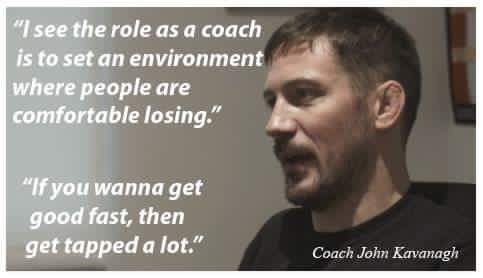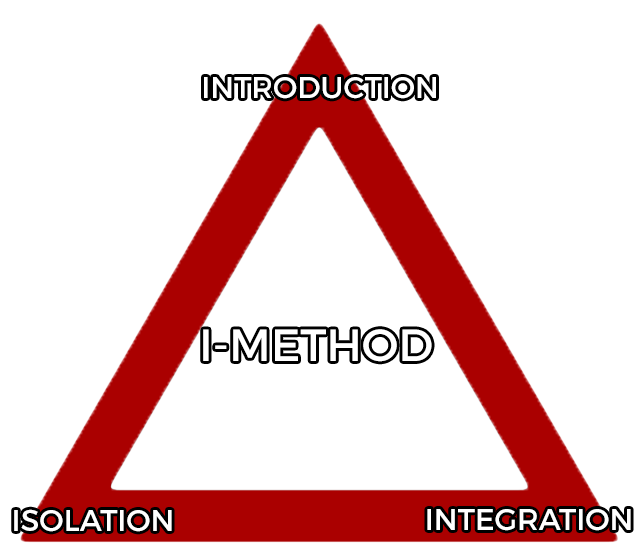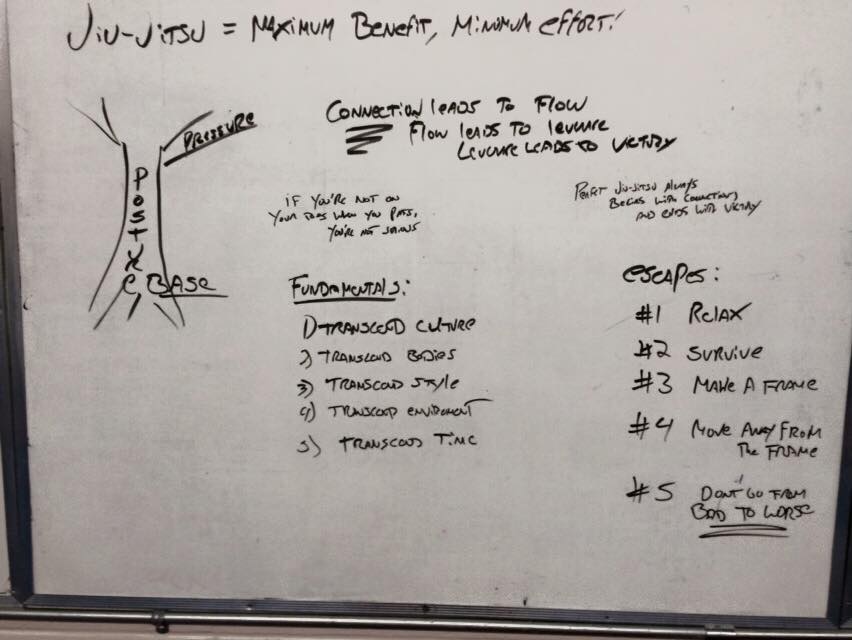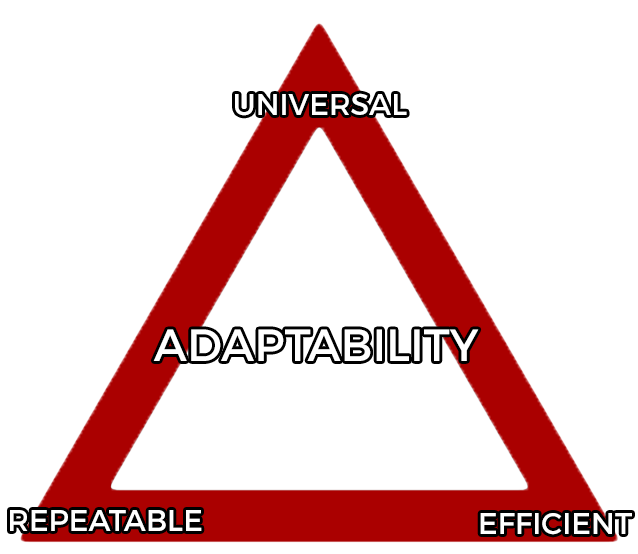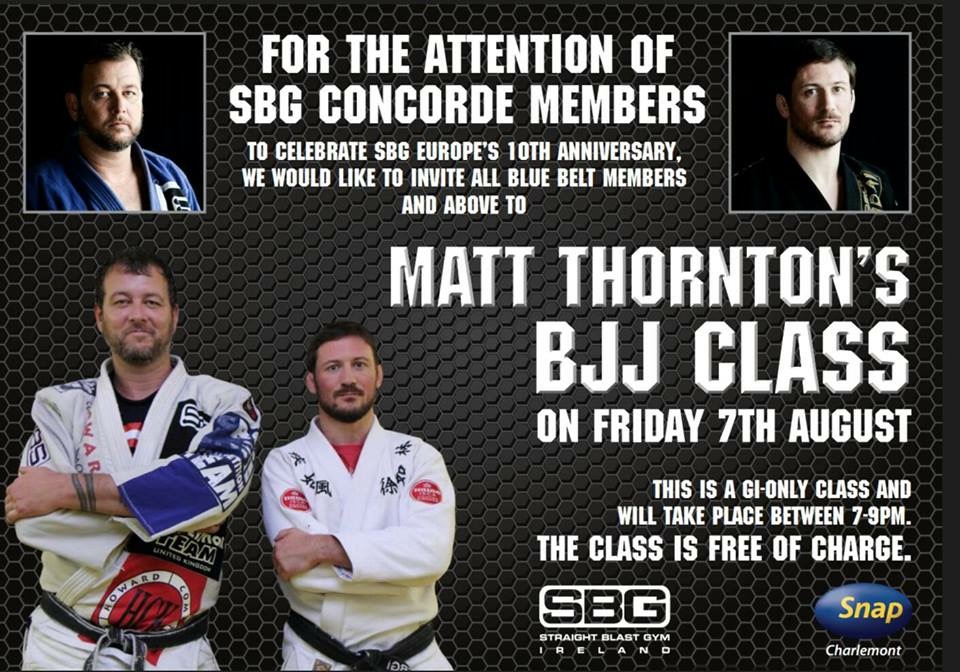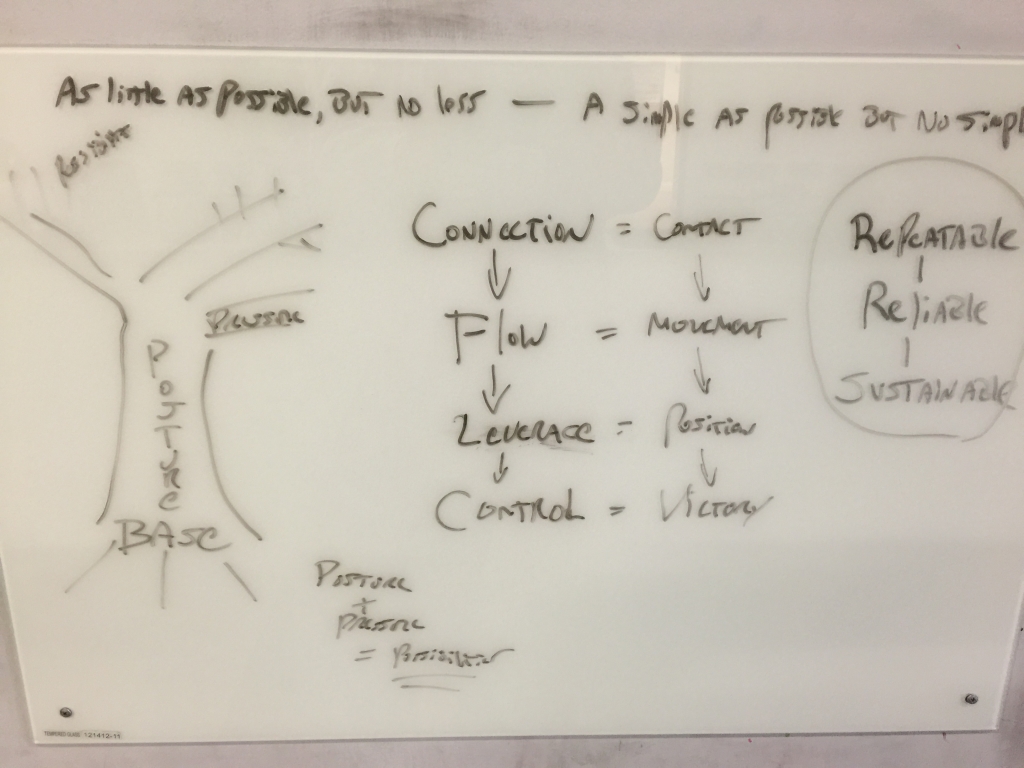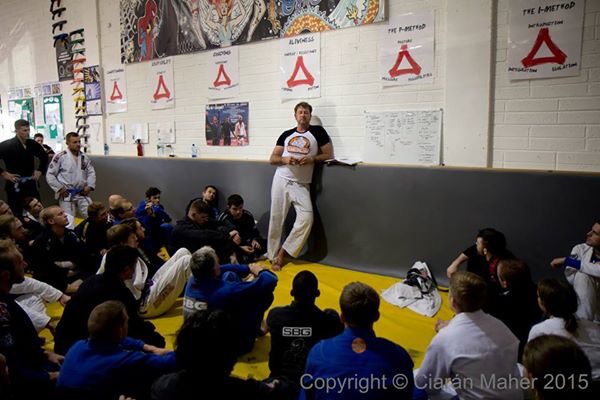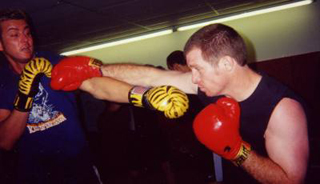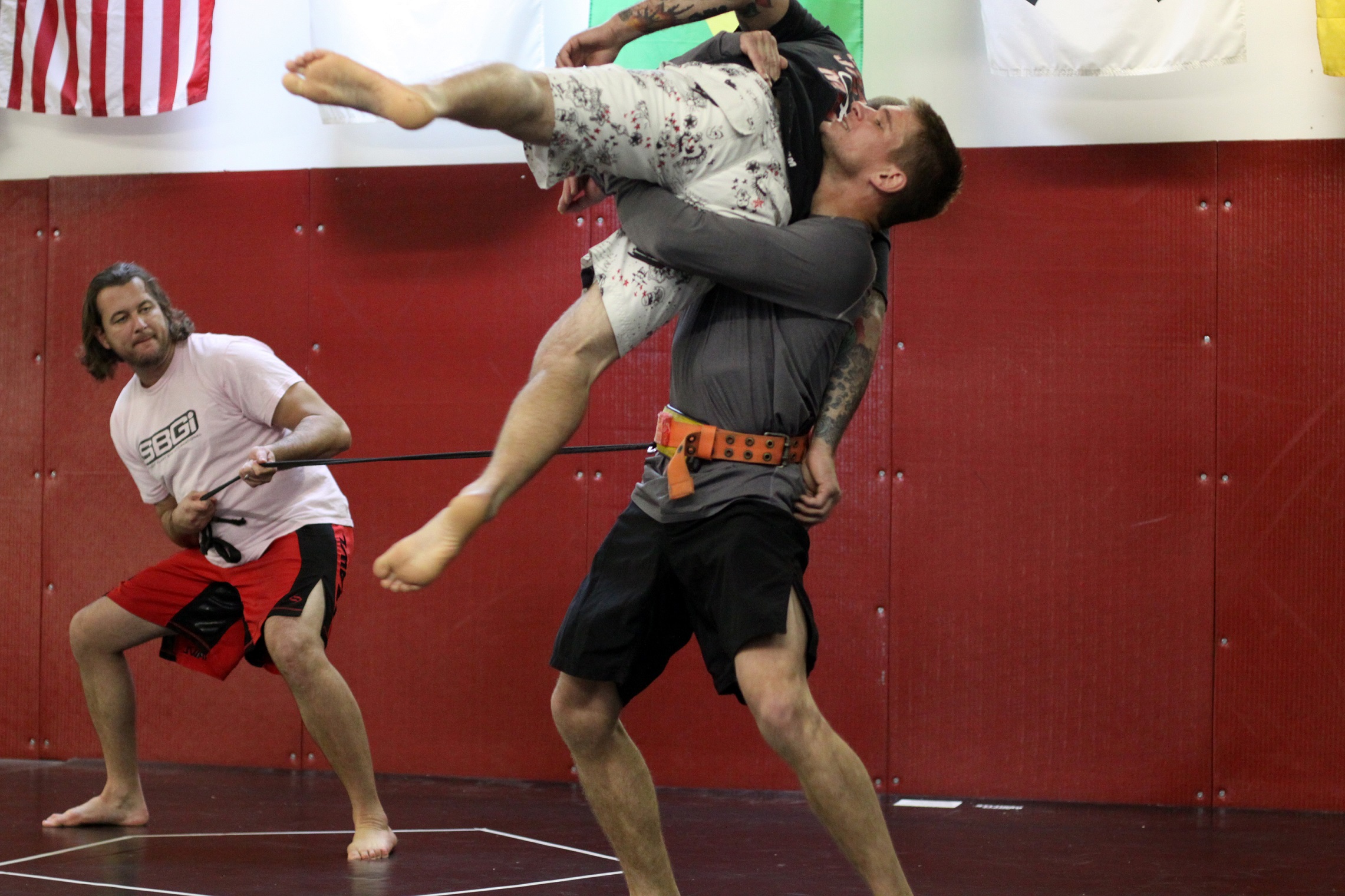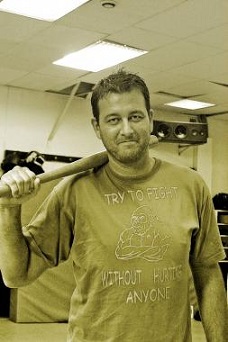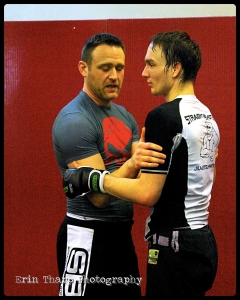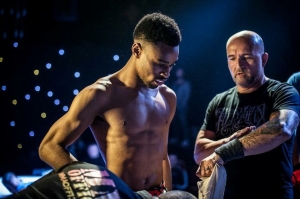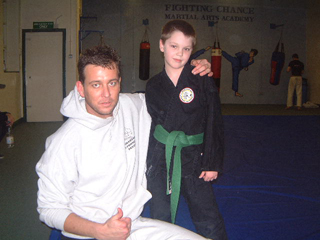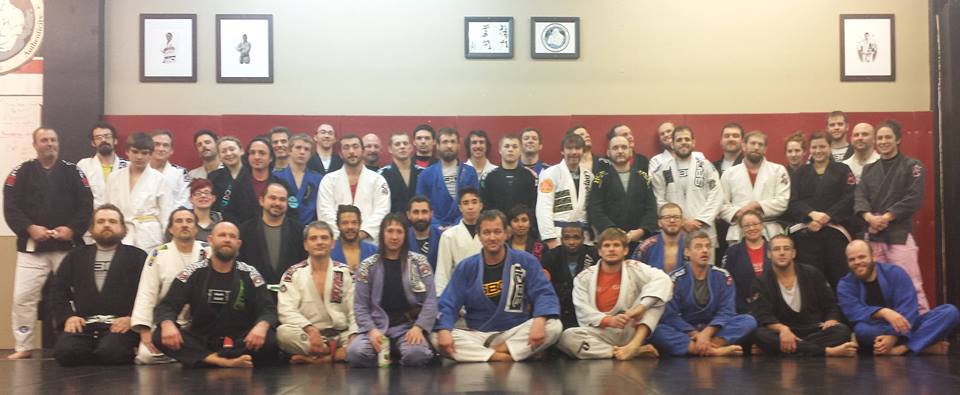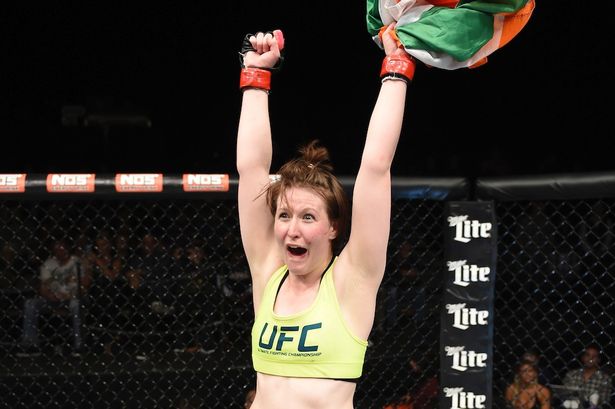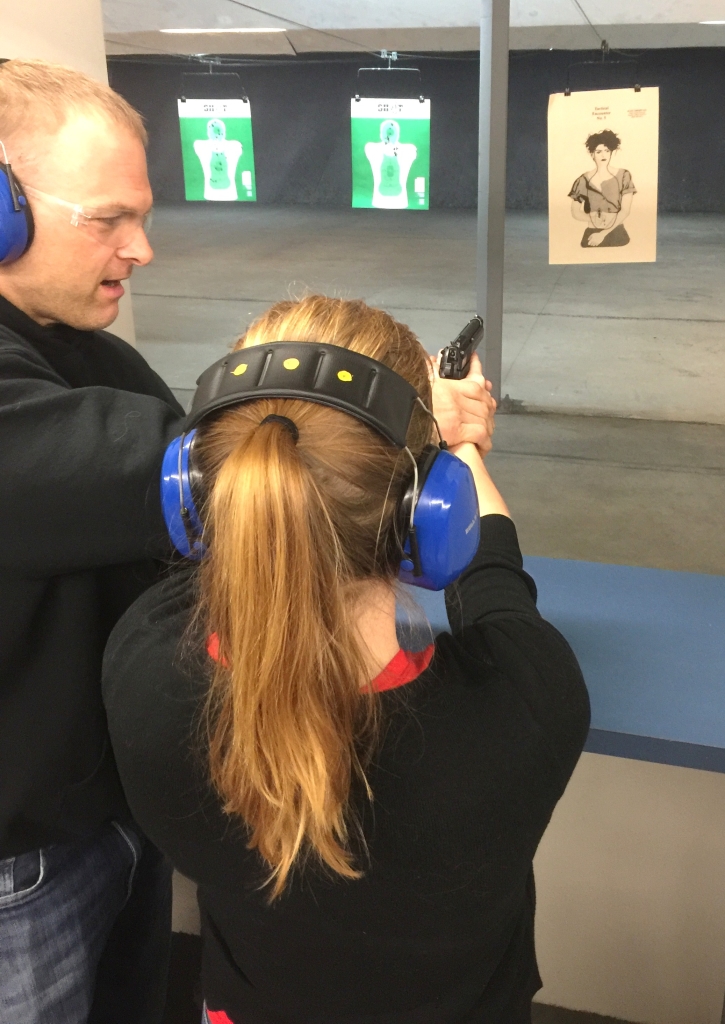SBG Philosophy
Our preferences do not determine what is true. If we want to know the truth than we must understand the necessity of sincerity. We must be more interested in what is, than how we want what is to be.
From its very beginning, SBG has been about the search for truth in combat. What does and does not work, empirically, in a fight. For us, truth matters.
Why does truth matter?
Because if you don’t value what’s true, and if you don’t have an accurate epistemology for discovering what is true, you can, and most likely will, create conditions external to yourself where you believe you’re actually flourishing, but are in reality, floundering. Truth matters because if your intentions don’t proceed on to action that maps accurately the world around it, you may find yourself moving farther away from your goal, rather than closer to it.
As the American philosopher Daniel Dennett so pertinently phrased it:
“Good intentions are never enough. You also have to be right.”
What do we mean by ‘truth’?
Krishnamurti famously said, “I maintain that Truth is a pathless land, and you cannot approach it by any path whatsoever, by any religion, by any sect. That is my point of view, and I adhere to that absolutely and unconditionally.”
Like many aphorisms that get repeated, it remains true only when the context of the quote is carefully defined. Absent that definition, it is little more than a ‘deepity’:
Deepity;
Something that sounds profound but intellectually hollow.
Usually has the following characteristics. 1. True but trivial 2. False but logically ill informed. 3. Usually a use-mention error or (UME)
An example made famous by Daniel Dennett.
“Love is just a word” is a deepity.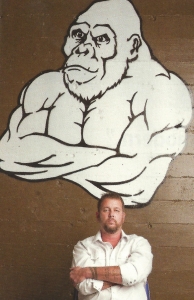
True in a trivial sense, false on a more meaningful level, and profound sounding only to those who lack an education in actual profundity.
Is the ‘true’ distance from the earth to the moon something that cannot be approached by any path whatsoever?
No, it isn’t. The same can be said for virtually every empirical question.
Krishnamurti was talking about a subjective perception of a conscious state – though that wasn’t always easily recognizable. Others then take that all-important context, throw it aside, and reference the quote to defend all manner of nonsense. To do that is to make two fundamental errors. The first is what is called a Use Mention Error, or UME:
A use-mention error or UME;
a fallacy committed when one confuses the word used to describe a thing with the thing itself.
In this case people are confusing Krishnamurti’s use of the word ‘truth’, with the truth of a particular claim. Some claims, such as “there are no chairs in that room”, admit of true or false answers.
The second fallacy, one committed far too often in philosophy and endlessly in religion, is the appeal to authority. The argument from authority can take several forms. As a syllogism, the argument has the following basic structure:
A says P about subject matter S.
A should be trusted about subject matter S.
Therefore, P is correct.
Person A may be correct, but a claim made absent evidence and based solely on the authority we have granted this particular person as it relates to a particular subject, is not evidence. In other words, because Krishnamurti, the Pope, or Albert Einstein says something, does not make it true. Einstein’s theory of relativity is believed because it has been tested and validated by oceans of evidence, not because of his IQ or reputation.
Let’s be clear with our definitions so we don’t fall into these commonplace quagmires. Truth isn’t a thing. It isn’t a method. It is a measurement that is likely to admit to ever increasing levels of complexity.
Let me say that again – truth is a measurement that is likely to admit to ever increasing levels of complexity.
This is why remaining open to belief revision is so important.
The method we use to arrive at that measurement is critical – and once we have it, we will also need correcting mechanisms, things that allows us to adjust our view to the changing landscape of ever increasing detail.
The feedback a correcting mechanism offers needs to be as accurate as currently possible. We are always better off thinking we don’t have a corrective mechanism than thinking a flawed corrective mechanism leads to truth. We are always better served knowing we don’t know, than thinking we know when we don’t.
When we pretend to know what we don’t know we cannot grow.
Some correcting mechanisms, some epistemologies, will be more accurate than others. And since some can be better, some can also be worse. If we believe all epistemologies are equal, we have effectively jailed ourselves. We have walled ourselves into our own cell within the penitentiary called Doxastic Closure. Anytime someone is unwilling to admit that some methods are more accurate than others, they have tipped their hand to the reality that they are choosing willful ignorance over the sincere search for truth.
“Admitting you don’t believe in a hierarchy of epistemologies is a candid confession that you’re indifferent to evidence.”
– Max Krzyzanowski
Why does truth matter?
Because, when it comes to combat, or self defense, if your beliefs about reality don’t match reality, the end result can be at best painful, and at worst, fatal.
For SBG, all methods are left open to examination. If what we are looking for is truth, if what we want to do is advance any field of human knowledge or endeavor, then all ideas, all concepts, all methods, must always be open to debate, argument, dialogue and criticism.
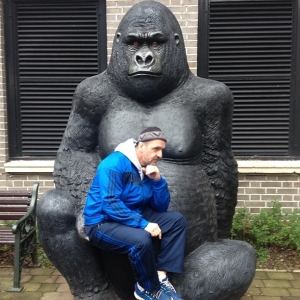 “For me, it is far better to grasp the Universe as it really is then to persist in delusion, however satisfying and reassuring.” – Carl Sagan
“For me, it is far better to grasp the Universe as it really is then to persist in delusion, however satisfying and reassuring.” – Carl Sagan
The Truth – Training connection exists within the arts themselves. Real technical skill within functional martial arts, like Brazilian Jiu-Jitsu, wrestling, boxing, etc., cannot be faked anymore than someone can fake being able to speak Spanish, play the guitar, or rock climb. It is a measurable, testable, empirical skill. As such, it demands sincerity. And that, in and of itself – is one of its greatest benefits.
Since its very start, SBG has been an organization created for the pursuit of truth in combat. And its philosophy is one that places truth as a guiding principle.
For SBG Truth is our #1 Principle. We must be Sincere in our questions, armed with the appropriate Epistemology in order to accurately answer our questions, and Authentic enough to follow the evidence that arises from that epistemology to its rational conclusions, even if those conclusions don’t match what we had hoped to find.
SBG Core Concepts
#1 – Truth
Truth – Sincerity, Epistemology, Authenticity– these things define SBG, and explain why we do what we do, in the manner in which we do it.
SBG’s Core Concepts:
As discussed above, SBG’s first concept is Truth. In our constant search for better, improved, evolving – best practices, our consistent goal is to have our ideas about the world, align to the actuality of the world itself, as closely as possible. When it comes to martial arts, self –defense, fighting, and violence in general, it is very important we always remember that our preferences do not determine what is true.
When it comes to fighting, just as with every other empirical, testable, human endeavor, truth is a measurement that is likely to admit to ever increasing levels of complexity, and the discovery of process that leads to those deeper levels of understanding, requires self-correcting mechanism, an epistemology, a ‘truth seeking method’ – in SBG that method is known as ‘Aliveness’.
SBG Core Concept #2 – Aliveness
Aliveness is the epistemology of functional martial arts. It is the self-correcting mechanism that allows us to adjust our form to align with function. It is SBG’s truth seeking method.
Its definition is simple – timing, energy, and motion – three sides of the same object, three perspectives of the same phenomena, but each part, essential to the whole.
Motion – is just that, human movement. Since we are talking about fighting, this movement must be fluid, spontaneous, reactive, and realistic – and it must always be present in training because it will always be present in a fight.
Energy – is resistance, force, pressure. That force, that energy, that resistiance, must also mimic what you would see in a fight. That doesn’t mean it has to be full force (in fact, training that hard is often counter-productive), but it does mean it can’t be contrived. Locking your punch, tackle, or swing of a weapon out, in a robotic manner that no attacker would ever use, isn’t helpful.
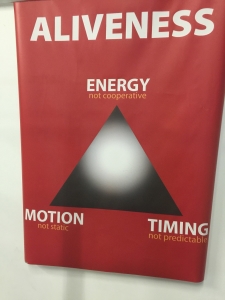 Timing – is the critical ingredient, the secret sauce that makes Aliveness work. Without timing there is no Aliveness. Timing cannot be gained from dead reps. Timing requires energy and motion. Robotically practicing a backhand with your tennis racket in the air (kata) isn’t alive. Hitting back a ball that is lobbed at you over a net is.
Timing – is the critical ingredient, the secret sauce that makes Aliveness work. Without timing there is no Aliveness. Timing cannot be gained from dead reps. Timing requires energy and motion. Robotically practicing a backhand with your tennis racket in the air (kata) isn’t alive. Hitting back a ball that is lobbed at you over a net is.
That ball doesn’t always need to come at you fast. In fact, it could be counter-productive if it was; starting slow and working your way up isn’t just okay, it’s smart. Aliveness never needs to be rough. Progressive resistance is crucial.
For the last two decades SBG has stood for the critical, rational examination of styles, systems, and teaching methodologies – through the methodology of Aliveness. And as the SBG coaches began to publicly express skepticism over certain training methods, concepts, and epistemological processes, they ran into the same, so often repeated, fallacies.
“All training methods have something to offer”, some would repeat. The type of cliché that sounds true only when one fails to realize that if you can train yourself to be better at something, you can also train yourself to be worse.
“It all depends on the context, even a flying side kick can work if you’re knocking a man off a horse” – the type of answer that makes sense only when the historical reality of warfare on horseback has long since ceased.
The list of fallacious arguments against Alive training is long, tedious, and repeated predictably by the entrepreneurs of error. Commonly heard fallacies include:
“You can’t just throw people into sparring!”
“Isn’t Aliveness just sparring?”
“Why would kata be around so long if it was counter-productive?”
“Our art is ‘too deadly’ to train alive!”
“Isn’t Aliveness just for the young and athletic?
“Boxers skip rope, and boxing is Alive!”
The best way to answer these questions is to visit an SBG Academy, and train. But, we have also compiled an extensive Aliveness FAQ for you here: Aliveness FAQ
Another way to grasp more fully the epistemology of Aliveness is to understand the process SBG uses to teach and drill. One of the major training methods SBGs use (there are many), is known as the I-Method.
The I-Method is a three stage training sequence SBG uses for most skills and drills. In practice it looks like this:
The first stage is Introduction.
Introduction is just that, the first time the movement is introduced to the students within that class. The motion, technique, or skill, is taught, and then repeated, absent any resistance.
This is done until the students can repeat the motion mechanically correct, when no resistance is present.
This is not drilling. This is simply introducing of a new move. And this stage tends to last no more than 5-15 minutes, maximum. A good rule of thumb is that if it takes longer than about ten minutes for everyone in the room to learn, and be able to repeat, mechanically correct – than it was probably too complicated for that group.
The second stage is Isolation.
Isolation is the drilling stage. Once the move can be repeated mechanically correct absent resistance, Introduction, then it is time to add Aliveness, and that means adding Timing, Energy and Motion – in other words, it is time to add progressive resistance.
This is part of what sets SBG apart. In many Martial Arts Academies, even Brazilian Jiu-Jistu or MMA schools, the typical class would involve the introduction of a few techniques or moves, lots of repetitions of those moves, and then sparring. In that type of environment the students never really gain timing at the new movement itself, because repetitions without resistance don’t involve timing. The crucial step of Alive drilling – is skipped. As a consequence, everyone grows at a much slower rate.
By contrast, in SBG everything is introduced, repeated until it can be done mechanically correct, and then, slowly, safely, and with the appropriate level of progressive resistance (there is an art to this that SBG coaches are educated on), the movements are drilled Alive. This produces higher levels of performance, and it is a lot more fun.
The third and final stage is Integration.
This is where we put the part back into the whole. This is the sparring stage.
For example, let’s use a headlock escape. A student learns the appropriate movement, repeats it without resistance until it is shown they can do it, and then begins drilling. One side holds the headlock, one side escapes. With each success, resistance can be added. With each failure, resistance can be lowered. The Introduction stage, the part without resistance, may have taken 10 minutes. The Isolation stage, the Alive drilling segment, may have involved three, 5-minute rounds, for each side, for a total of 30 minutes. For the remaining ten minutes, the students use the headlock as a starting point, but then wrestle, spar, fight, from there, until submission is reached. That is the Integration stage. We’ve now trained for a total of 50-55 minutes, and the last few minutes of class time is used for questions or a mat chat.
We’ve taken a piece of the game, isolated it, played from there with timing, then placed it back into the whole of whatever venue we were working, BJJ, no-gi, MMA, self-defense, etc.
That’s the I-Method, and it is one of the bread and butter methods that all SBG coaches are educated in.
SBG Core Concept #3 – Adaptability
The third and final core principle for SBG is adaptability.
What motivated Matt Thornton when he began SBG wasn’t Mixed Martial Arts. The sport of MMA didn’t exist yet. And it wasn’t Brazilian Jiu-Jitsu. While BJJ is an important part of SBG, we are not, solely, a BJJ organization. What motivated SBG’s founder was truth as it related to fighting, and skill in fighting includes stand up (striking), clinch (takedowns and throws), ground (grappling), and weapons (impact, edged and ballistic) is what we mean when we say ‘fighting’.
In short, fighting includes everything – and fighting is what SBG is all about.
How can one organization accommodate so many different goals and venues?
That answer to that can be summed up in three words – focus on fundamentals.
When we talk about ‘fundamentals’ in SBG, we are not talking about what’s most basic – we are talking about what’s most important.
What is a fundamental?
If I were to say to you that we were going to be studying Canadian geometry, I would hope you would immediately view my claim with the appropriate suspicion. There is no such thing as Canadian geometry for the same reason there is no such thing as Tibetan physics, or Malaysian oncology. Things that are testable, falsifiable, and empirically true, are by their very nature, unbound by culture, geography, or time.
So too is a proper blood choke.
Which is why, whether the proper BJJ school you are visiting is in Hawaii, Japan, China, Canada, Russia, Sweden, Panama, or the United States – the fundamental mechanics that will be shown to you as it relates to how to best shut off the flow of blood to your opponent’s brain – remain the same.
Those principles, rooted in physics, transcend culture, bodies, place and time, and it’s that, which we at SBG refer to as a ‘fundamental’.
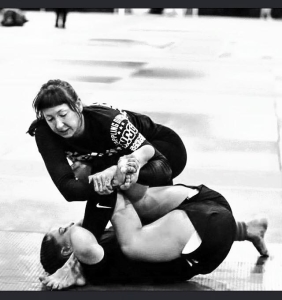 Key ways to identify a fundamental:
Key ways to identify a fundamental:
1- Universal – It will transcend culture, geography, bodies, era, and venue.
True now, true here, true there, true always. It allows the practitioner the ability to move between environments.
2- Repeatable – It doesn’t just work for one subject, but works for anyone.
It works for the small, the large, the many and the few. It doesn’t rely on youth, speed, or strength. It updates the software without damaging the hardware.
3- Efficient – It provides maximum benefit with minimum effort – maximum
leverage with minimum energy – maximum control with
minimum risk. Efficiency in fighting is synonymous with intelligence in fighting – and it is what we at SBG do.
When the core fundamentals of any range, that which is ‘universal’ – is understood, and combined, they create what we in SBG call – a ‘Delivery System’.
What do we mean by ‘delivery system’?
Many people will argue details as it relates to certain ‘styles’ of grappling. For example, is wrestling better than BJJ? Is one move a Greco-roman wrestling technique, a catch-as-catch-can wrestling technique, a Judo technique, etc.? Within SBG these sorts of arguments become irrelevant, because once the concept of fundamentals is understood, what’s left are just the core physical movements that make functional fighting in a given ‘range’ work – and we call those the ‘delivery system’? Is a hip toss Judo or Wrestling? For us, it is all grappling – the delivery system of grappling.
To fully understand the concept of delivery system it is useful to distinguish between delivery systems and ‘styles’.
“Style” is always uniquely individual. Each fighter will develop his or her own “style”. And style is only ever truly acquired through lots alive training and sparring. What routes, strategies, and preferences (in terms of movement, strikes, takedowns, throws, ground positions, and type of games), an athlete prefers, can be defined as their personal “style”. It is our firm belief in SBG that style should always be individualized, personal, and unique.
However, those principles, postures, and pressures that make any of the particular movements within a fighter’s own “style” work – those things – are the ‘delivery system’, and unlike style, which is truly individual, the things that make up the delivery system really are universal, and repeatable – not unique to any particular individual.
Every boxer will have his or her own ‘style’ of play. Some, like Mike Tyson, had a shorter, inside style. Others, like Sugar Ray Leonard, had an outside, longer style. But the fundamentals that make the mechanics of what both do, functional, the principles in human movement that make what they do work – hip rotation, etc., transcend style, and it is those things, which we at SBG call the ‘delivery system’.
There are MMA school out there today that incorporate the guard, the mount, and other fundamental positions found within Brazilian Jiu-Jitsu, but they may call what they do ‘submission wrestling’. For us within SBG, what they call it is a moot point, because if it is done well, it will, by definition, be the same ‘delivery system’.
Since it was the Brazilians who brought the modern incarnation of this delivery system to prominence, and since we trace our own heritage through that lineage, we give credit where credit is due by calling appropriately – Brazilian Jiu-Jitsu, but in the end, it isn’t what you call what you do that matters – it is how well you do it.
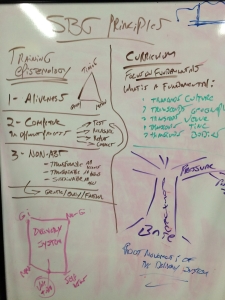 Once we’ve understood what Universal means, in terms of transcendent fundamentals, and what Repeatable means, in terms of non-attribute specific movements that show empirically testable success as best practices, across the board, and define the Delivery Systems themselves – then it’s time to look at the third aspect of our Adaptability triangle – Efficiency.
Once we’ve understood what Universal means, in terms of transcendent fundamentals, and what Repeatable means, in terms of non-attribute specific movements that show empirically testable success as best practices, across the board, and define the Delivery Systems themselves – then it’s time to look at the third aspect of our Adaptability triangle – Efficiency.
Efficiency in combat is one of the things SBG is all about.
What do we mean by efficiency?
We mean maximum benefit with minimum effort – maximum leverage with minimum energy – maximum control with minimum risk.
Efficiency in fighting is synonymous with intelligence in fighting – and it is what we at SBG do.
Our consistent goal of great efficiency in our methods, movements, and mindsets, comes in many forms. These include the 3P’s Model, Non-Attribute Based Training, and the need for Parsimony.
Let’s start with the 3P’s.
One of the ways we in SBG classify the delivery system of the ground (BJJ), is what we call the 3P’s Model – Posture, Pressure, Possibilities.
It can be explained using the analogy of a tree:
The base of the tree is your Base, your balance and point of contact.
The trunk of the tree is the core Posture. The structural position of your body, in relation to your opponent’s body, that offers maximum leverage/control with minimum effort/risk.
The major branches that sprout directly from the trunk are the major Pressures – or directions of force. There are usually never less than two, and rarely more than five.
Once the individual has the proper base and posture – and then applies the appropriate pressure from that base of posture – the Possibilities open up. And these possibilities are almost limitless, regularly growing, and always evolving.
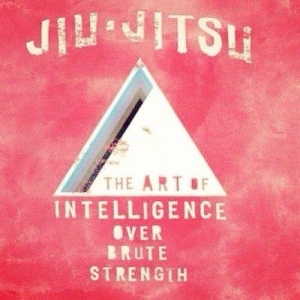 One of the other core concepts of SBG is what we call Non-Attribute Based Training, or Non-ABT.
One of the other core concepts of SBG is what we call Non-Attribute Based Training, or Non-ABT.
What is Non-Attribute Based Training?
To help define what it is, let’s explain what it’s not. You can tell when someone misunderstands the basic premise of the principle when you hear something like this:
“All technique requires attributes when it is applied, whether it is strength, speed, etc., therefore, how could there be such thing as Non-ABT?”
When someone says something like this, what’s missing in his or her understanding of this important SBG principle is the importance of the word ‘Based’.
Non-ABT training doesn’t mean we work delivery systems that require no attributes. That is of course impossible.
What Non-ABT training means is that the functionality of those delivery systems, as measured by an individual’s ability to apply them against resisting opponents, isn’t based in the fact that the individual has superior attributes, whether that’s size, speed, or explosiveness.
Instead, it is based in the fact that the individual has a superior technology, better technique, better posture, more efficient human movement.
Non Attribute Based Training, and the search for Efficiency in combat – are synonymous. Just as intelligence in combat, and efficiency in combat are.
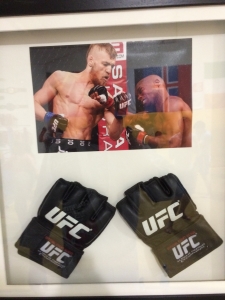 Does Non-ABT training mean attributes don’t matter?
Does Non-ABT training mean attributes don’t matter?
Of course not.
What it means is that in the more we can shelf those attributes, whether it is strength, speed, etc., in training – forcing ourselves to focus on better, more efficient technique, the better we will be when we add those attributes back in. And as obvious as that may seem, it is a training principle that is lost on many.
Non-ABT is what allows a smarter, lighter, female who possess much greater skill in a delivery system, for example, Brazilian Jiu-Jitsu, to choke unconscious a much larger, stronger, male, who is fully resisting.
Non-ABT is what happens when less efficient, less effective, less intelligent training methods make way for more efficient, more effective, and more intelligent ones.
And it is the only way to ensure that you can eventually gain the skill needed to survive and overcome, through the power of proper technique and superior physical technology, a bigger, stronger opponent.
Does Non-ABT create a methodology where weight classes don’t matter?
Of course not.
But it is exactly the methodology anyone wishing to fight successfully above his or her own weight class needs to understand, and adopt.
Along with efficiency in human movement, SBG seeks efficiency in our curriculum and teaching methods. That search manifests itself as an ever-present journey towards greater Parsimony.
What do we in SBG mean by Parsimony?
parsimony
1
a : the quality of being careful with money or resources : thrift
b : the quality or state of being stingy
2
: economy in the use of means to an end; especially : economy of explanation in conformity with Occam’s razor
While both definitions fit, it is the second that best explains our methodology, and it is sometimes known as Einstein’s Razor:
“Everything should be kept as simple as possible, but no simpler.”
In 2013, as SBG sailed past its 20th year of existence, it’s founder, Matt Thornton, put out the following mission statement. It reflects one of the missions of SBG as a whole:
“I am on a mission to create scientists of fighting. People who discover not just assorted facts, functional techniques – but theory – universal principles that explain how and why those facts work. In that vein, the simplest theory will always be the most elegant. The most elegant theory will always be the most efficient. The most efficient is by definition, the most intelligent. And the most intelligent, is by definition, the most beautiful. Beautiful, intelligent, efficient human movement; that’s how we advance the art, and that is what SBG is all about.”
SBG’s Core Curricula:
SBG is the Ivy League University of fighting. And it is defined by its pursuit or Truth, and three core principles of Truth, Aliveness, and Adaptability.
Its curriculum is a combination of the core delivery systems of stand up, clinch, and ground; as well as edged, impact, and ballistic weapons training.
The venues its coaches work in range from the highest level of combat sports that exists, the UFC and Brazilian Jiu-Jitsu world championships – to the highest level of law enforcement and military applications, special op’s and first responders.
But, the most common SBG member is your everyday human being who works full time, has a family, goes to school, and is looking for fun, fitness and community.
In short, SBG truly is for every-body.
The arts typically taught within an SBG Academy are all functional martial arts systems. This list includes Brazilian Jiu-Jistu, with some of the highest level instruction available in the sport.
Boxing, Kickboxing, and Muay Thai, with some of the most technical coaches on the planet.
Wrestling and Judo, with world-class, and friendly, teachers.
And of course, MMA, with the sports most sought after experts and champions.
For our everyday members, each student has a program and schedule that is designed for them.
Looking to get in shape?
Are you interested in self-defense?
Do you just love to train in a healthy, fun and functional environment?
At SBG, that is what we do.
(tribe)
For Children, we have a world-class program designed by SBG headquarters first BJJ black belt. The Growing Gorilla’s program was created for his own kids. And it has been developed using the best practices around for helping your child learn, mature, and grow in these arts.
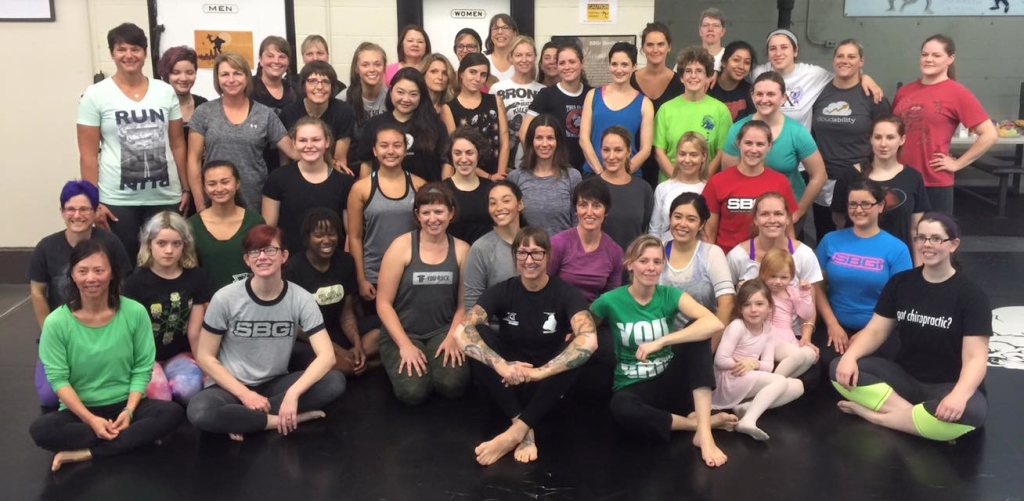 For Women, we understand that getting started in a co-ed class can be difficult, and even, intimidating. Our organization has some of the world’ top female competitors, and coaches. And we have specially designed women’s only classes – that are specifically so you can learn in an environment that is comfortable
For Women, we understand that getting started in a co-ed class can be difficult, and even, intimidating. Our organization has some of the world’ top female competitors, and coaches. And we have specially designed women’s only classes – that are specifically so you can learn in an environment that is comfortable
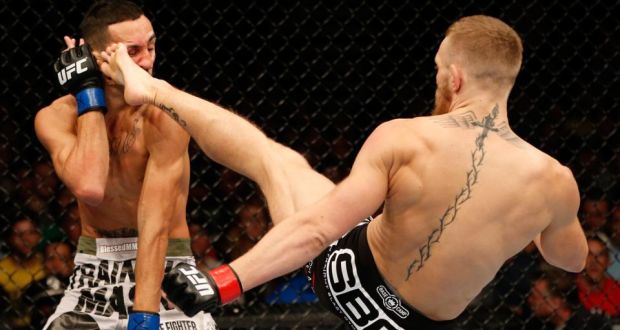 For Athletes, you can rest assured that whatever level you are entering the sport, we have coaches with experience. In fact, SBG has some of the top coaches in the world for MMA, and BJJ. But more important that that, you can be confident in the fact that our staff is primarily concerned with not just your performance and growth, but also, your safety and well being. Everything we do is designed with that in mind.
For Athletes, you can rest assured that whatever level you are entering the sport, we have coaches with experience. In fact, SBG has some of the top coaches in the world for MMA, and BJJ. But more important that that, you can be confident in the fact that our staff is primarily concerned with not just your performance and growth, but also, your safety and well being. Everything we do is designed with that in mind.
At SBG we are all about updating and improving your software, without damaging your hardware. Giving you the greatest lifespan possible within the sports.
For our Military and Law Enforcement students, these curriculums have been modified, tested (by some of the worlds best operators), and adapted to suit the professional’s needs.
Our sole focus is on making sure you come home, alive, and healthy. And our physical technology is second to no one.


